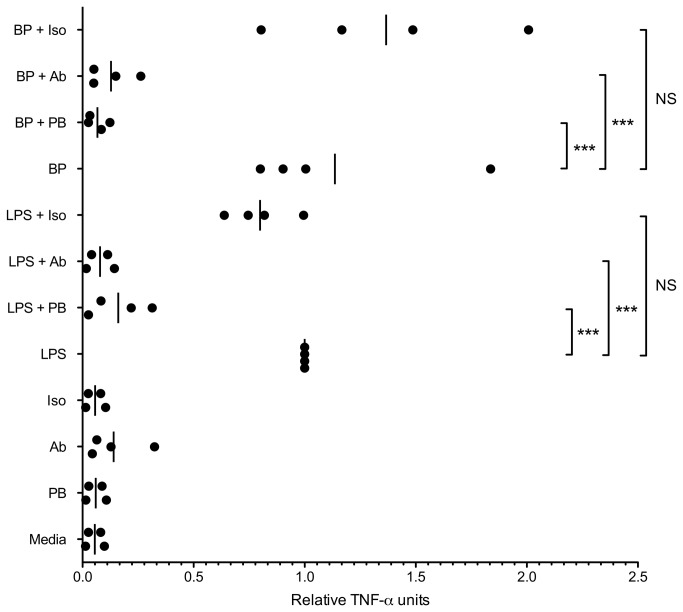Figure 4. Blockade of the LPS-TLR4 axis markedly impairs TNF-α production induced by B. pseudomallei in human monocytes.
Human monocytes (50,000/well) were stimulated with B. pseudomallei K96243 LPS 1 ng/ml (LPS) or heat-killed B. pseudomallei K96243 (bacteria:monocyte ratio of 1:1) (BP), with or without polymyxin B 100 μg/ml (PB) or a TLR4/MD2 neutralizing antibody 20 μg/ml (Ab) or isotype control 20 μg/ml (Iso). TNF-α was assayed in duplicate cell supernatants after 4 hours. Given substantial inter-individual variation in cytokine release, all TNF-α values for each individual were normalized to LPS-induced levels from the same subject. Relative TNF- α units for each individual (N=4) and mean values are displayed. Statistically significant differences were determined by ANOVA and a Bonferroni post-test. For clarity, only differences between each agonist alone (LPS or BP) and each agonist with polymyxin B or an antibody are shown. ***, p≤0.001. NS, p>0.05.

